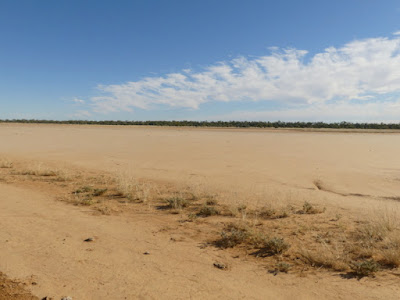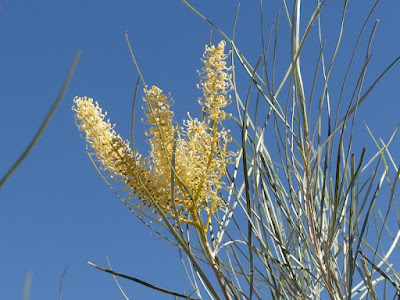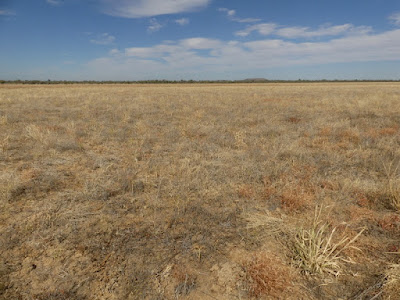I've been meaning to do a post on owls for some time now, but always felt that I didn't have enough decent photos to make it worth while. At this stage I'm probably not going to be able to improve on that any time soon, so rather than go on ignoring these wonderful birds I'll go with what I've got, rely on the owls to carry it, and hope you'll be tolerant!
The owls are a very successful group of hunting birds, with some 250 species found throughout the vegetated continents and they have occupied every habitat from the Arctic to the tropical rainforests. They are also an old group, with the oldest known fossil owl dating back 60 million years from a site in Wyoming. Owls comprise their own Order, with no obvious close relatives, though perhaps the daytime birds of prey (hawks etc) might be the closest. Within the Order there are two Families, the barn owls and the 'typical' or hawk owls, but the latter group totally dominates, with some 230 species to the barn owls' combined 20 or so. In Australia however the 10 breeding species are split evenly between the two Families.
A couple more observations on barn owls and their differences from the 'main' owl Family, before a bit more on what makes owls so special, then going on to focus on the hooting majority. I'm very confident that the pale undersides of the Western Barn Owl (Tyto alba), its hair-raising screeches, silent flight and habit of roosting in church towers in Europe are the basis of many ghost stories. Members of the barn owl Family usually roost by day in hollows (presumably buildings were used by the Western Barn Owl when hollows were no longer available), whereas other owls make themselves as inconspicuous as possible within or behind foliage. Barn owls often don't defend a territory at all, and when they do it is usually by silent display. 'Typical' owls do so fiercely, and proclaim ownership with long hooting sessions.
Owls in general have other adaptations too that are of interest. For instance an owl can spread the bones of the lower mandible outwards, to extend the gape and enable large prey items to be swallowed whole. Like most carnivorous birds they regurgitate pellets of indigestible bones, feathers, fur and scales (which are invaluable in determining their diet).
Owls have never evolved echolocation to help them hunt at night, so have remarkable vision, with very large eyes relative to their skull size. This leaves little room for muscles to move the eyes, so they have developed extremely flexible necks, with twice as many neck vertebrae as we do, and special adaptations to prevent blood flow from being constricted when they swivel their head through about 270 degrees. In addition to the overall size of the eyes, they have a very large maximum pupil size, to enhance light gathering when there isn't much of it. They also have a preponderance of rod cells over cone cells in the retina; rod cells are much more light sensitive, while cone cells are good at colour vision. Hence an owl can see well at low light levels, at the expense of distinguishing colour.
Some of the most impressive owl adaptations however are in their hearing, and many cases they are known to swoop and catch prey that they can't see at all. In an experimental situation Western Barn Owls could catch mice in a totally darkened room by homing in on the rustle of their feet on the floor. Even in light, other owls can grab unseen mice from grass clumps or under snow. They hear roughly the same range of frequencies that we do, but hear ten times as well in the frequencies that correspond to rustling noises in grass or leaves. Their ear openings, like their eyes, are unusually large and are covered loosely by special feathers which don't interfere much with sound. The facial disc, which we mentioned earlier as being especially well-developed in barn owls, is another important factor in gathering and focusing sound.
 |
| Young Burrowing Owls at the mouth of their burrow, Sipan archaeological site, north-western Peru. |
 |
| Here is a slightly better portrait of a pair of this lovely owl at Sacha Lodge in the Ecuadorian Amazon |
A familiar group of owls to anyone who's birded in South and Central America is the pygmy owl genus Glaucidium. They are mostly active in the daytime and guides regularly use their call to attract other small birds which mob them. However while the Americas are their stronghold, there are also members of the genus in North America, Asia, Europe and Africa. Here are four species of pygmy owl, three from the Americas but also an African one.
The scops owls form a big genus (some 60 species, the largest owl genus) of Old World owls, mostly Asian though a few are found in Africa and Europe as well. Until fairly recently the American screech owls were also included, though that is now agreed to have been erroneous, especially with regard to their calls. Like screech owls they are medium small owls with prominent ear tufts. They are mostly quite nocturnal.
 |
| African Scops Owl Otus senegalensis, Tarangire NP, Tanzania. Like many owls, scops owls have lovely camouflage. This one mostly eats invertebrates. (Sorry about the stick!) |
 |
| Madagascan (or Rainforest) Scops Owl Otus rutilus, Ankarana NP, Madagascar. It is widespread on the island, but not a lot seems to be known about it. |
The final genus in this little owl discovery tour is one familiar to Europeans and North Americans - think of the Tawny Owl and Barred and Great Grey Owls respectively. However, as is often the case, my offerings are South American, and there's a twist...
 |
| Black and White Owl Strix nigrolineata, Caño Negro, northern Costa Rica. Another medium-sized owl from Central America and the far north-west of South America. I find this one particularly striking. |
In plumage and, reportedly, in voice, it seems midway between both those species. Indeed the general approach to it is to tentatively regard it as an isolated sub-species of Black-banded, though it seems to me there is little basis for that. It is widely known in birding circles as the 'mystery owl'. Obviously we need DNA (without the traditional method of obtaining it, of course!). Perhaps feathers from under a roost or eggs that have hatched would do? Of course that's easier said than done, though I'm surprised that no-one has succeeded yet - there are some brilliant bird guides in that part of the world. My bet would be on it being a new species, but it seems we must be patient for a while yet! Meanwhile I love the story and am very fortunate to have seen the bird.
Well it's been a long post, and one that I've been meaning to do for some years. If you've read this far, my thanks for doing so, and I hope it means that you're as fascinated by owls as I am. I hope too that I've been able to add something small to your knowledge and enjoyment of them.
Should you wish to be added to it, just send me an email at calochilus51@internode.on.net. You can ask to be removed from the list at any time,or could simply mark an email as Spam, so you won't see future ones.
If you do leave a comment - and I love it when you do - please remember to click the
box below your comment that says 'Email follow-up comments to...[your address]'
so you'll know when I reply - and I always do!























%20Eagle%20Owl%20central%20Kenya%200519.JPG)







































